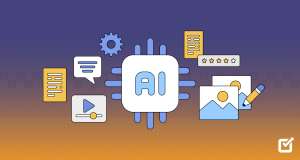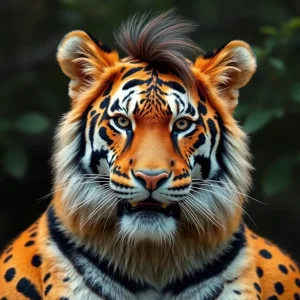Artificial intelligence has made significant advancements in visual recognition, allowing machines to analyze and interpret images like never before. Using AI to describe an image is becoming a game-changer in accessibility, content creation, and digital search functions. From helping visually impaired individuals to improving content organization, AI-generated image descriptions are shaping the way we interact withdigital media. But How To Create Ai Images by tools work? How accurate are they? And which platforms, such as Dall-E Generate, offer the best AI-driven image interpretation? This article explores the role of AI in image description, the technologies behind it, and its potential future.
How AI Generates Image Descriptions
The Role of AI in Image Recognition
Using AI to describe an image technology relies on:
- Machine learning algorithms that process thousands of images to learn patterns.
- Deep learning models that analyze color, shape, and context.
- Natural language processing (NLP) to generate human-like descriptions.
By integrating these elements, AI can create detailed and accurate textual descriptions of any given image.
Discover more:
- Why Shouldnt Ai Be Used For New Articles
- What Is A Good Ai Image Generator
- What Can Ai Do With Kid Pictures
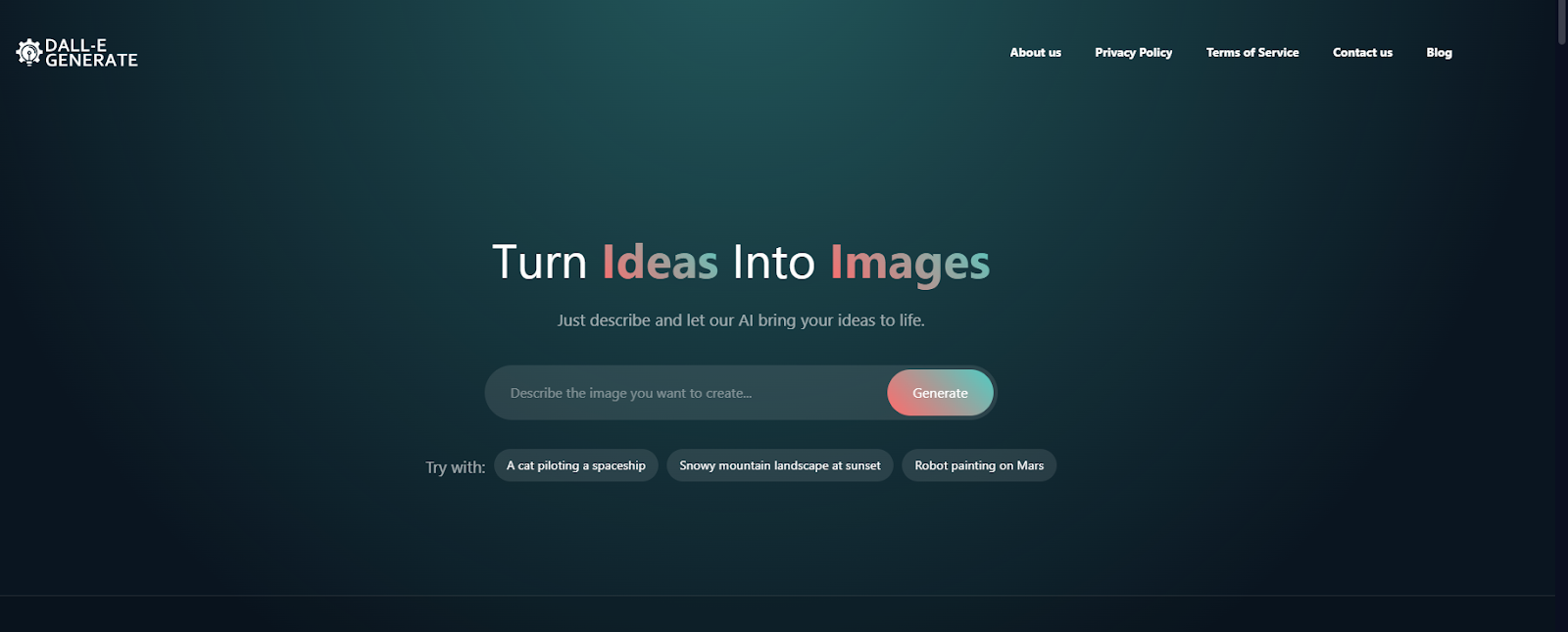
Training AI to Recognize Images
For AI to accurately describe images, it must be trained using:
- Large datasets of labeled images that teach the system how to identify objects, people, and environments.
- Neural networks that mimic human cognition to detect similarities and differences in images.
- Contextual learning models that help AI understand relationships between objects.
This continuous learning process ensures that AI improves over time, producing more precise descriptions as it encounters new data.
Applications of AI-Generated Image Descriptions
Improving Accessibility for Visually Impaired Users
One of the most significant benefits of using AI to describe an image is enhancing accessibility for visually impaired individuals. AI-powered screen readers and smart assistants use image recognition to:
- Provide real-time spoken descriptions of images.
- Enable visually impaired users to interact with digital media more effectively.
- Enhance accessibility on social media platforms, allowing users to understand the content of shared images.
By integrating AI-driven image descriptions, companies can create more inclusive digital experiences.
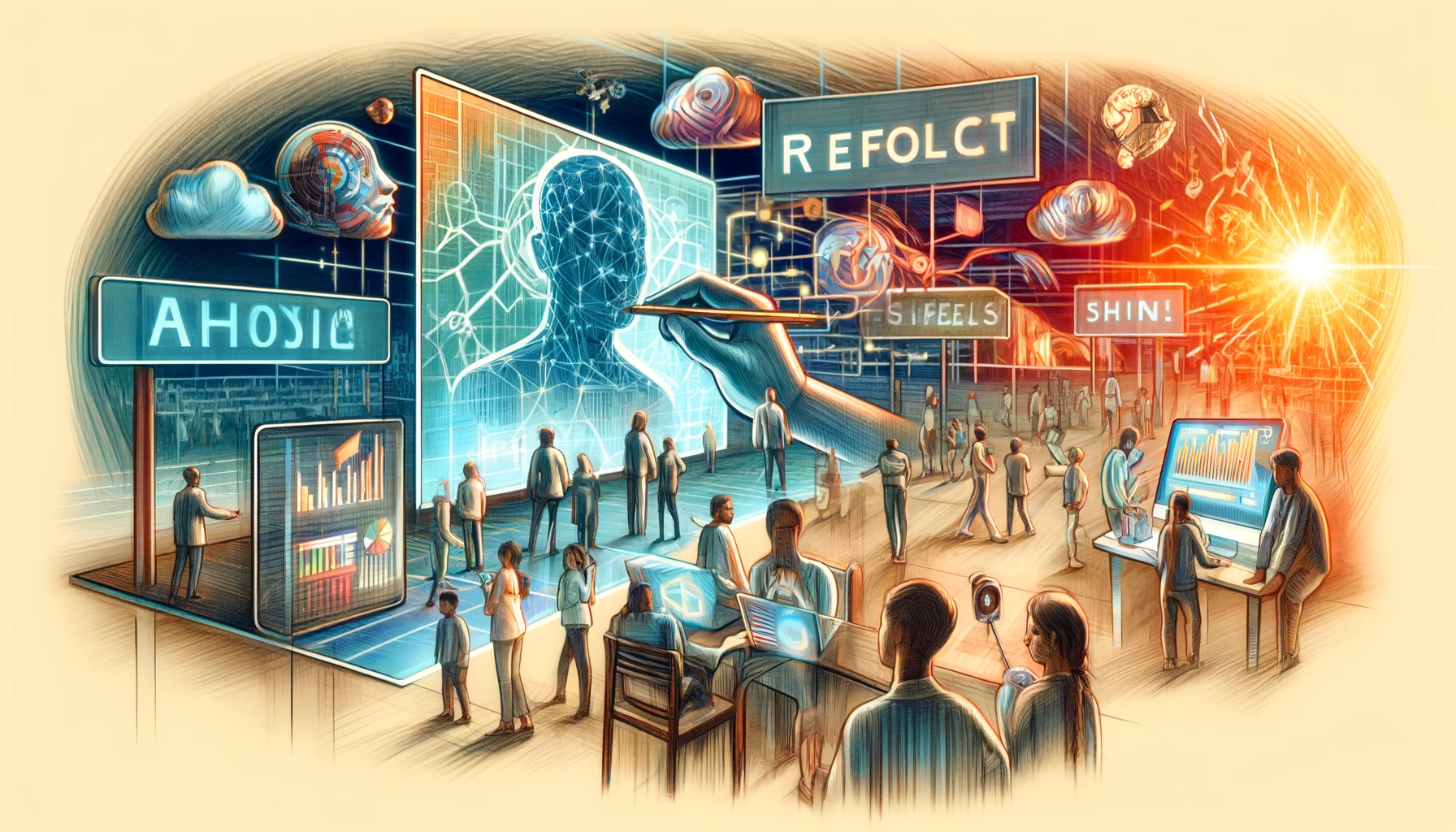
Enhancing Image Search and SEO
AI-generated image descriptions play a crucial role in search engine optimization (SEO) by:
- Making images searchable through AI-generated metadata.
- Enhancing search engine rankings with well-described images.
- Helping businesses optimize product listings with AI-powered captions.
For example, an e-commerce store can use AI-generated descriptions to automatically tag and organize product images, making them easier to find through search engines.
Learn more here:
- Using Ai To Make A Sharper Image
- Websites To Change A Picture To Other Styles AI
- Samsung Ai Picture Editor For Samsung Galaxy S21
Content Creation and Social Media
AI-generated image descriptions can transform the way content creators and marketers work. These descriptions help:
- Generate automatic captions for social media images.
- Improve engagement by adding detailed and relevant descriptions to posts.
- Assist journalists and bloggers in quickly describing images for news articles.
Platforms like Dall E Image Generator Free enhance content creation by producing high-quality AI-generated images along with text descriptions, making it easier for businesses and creators to deliver engaging content.

AI-Powered Tools for Image Descriptions
Dall-E Generate: AI-Powered Image Interpretation
Dall-E Generate is a cutting-edge AI tool capable of both generating and describing images. This powerful AI model can:
- Analyze visual elements and provide detailed descriptions.
- Assist in content creation by generating AI-written captions.
- Improve the accuracy of image searches by offering detailed metadata.
With Dall-E Generate, users can automate image organization, content creation, and accessibility functions seamlessly.
You may also like:
- Is There An Ai That Describes Images
- Remove Image Background Ai
- Remove Text From Images Ai
- Weird Ai Generated Images
Other AI Tools for Image Descriptions
Several platforms specialize in AI-driven image descriptions:
| Tool | Features | Best For |
| Google Cloud Vision | AI-powered image labeling and object detection | SEO optimization, image indexing |
| Microsoft Azure Computer Vision | Describes images using NLP-based AI models | Accessibility, enterprise automation |
| OpenAI’s CLIP | Matches images with text descriptions through deep learning | AI research, creative applications |
Each tool offers unique capabilities, helping businesses and individuals automate their visual content workflows.
Challenges in AI-Generated Image Descriptions
Accuracy Limitations
Despite advancements, AI-generated image descriptions can sometimes:
- Misinterpret the content of images due to contextual ambiguity.
- Generate overly generic descriptions instead of specific details.
- Struggle with abstract or artistic images that require human interpretation.
Developers are continuously improving AI models to reduce these accuracy limitations and provide more context-aware descriptions.
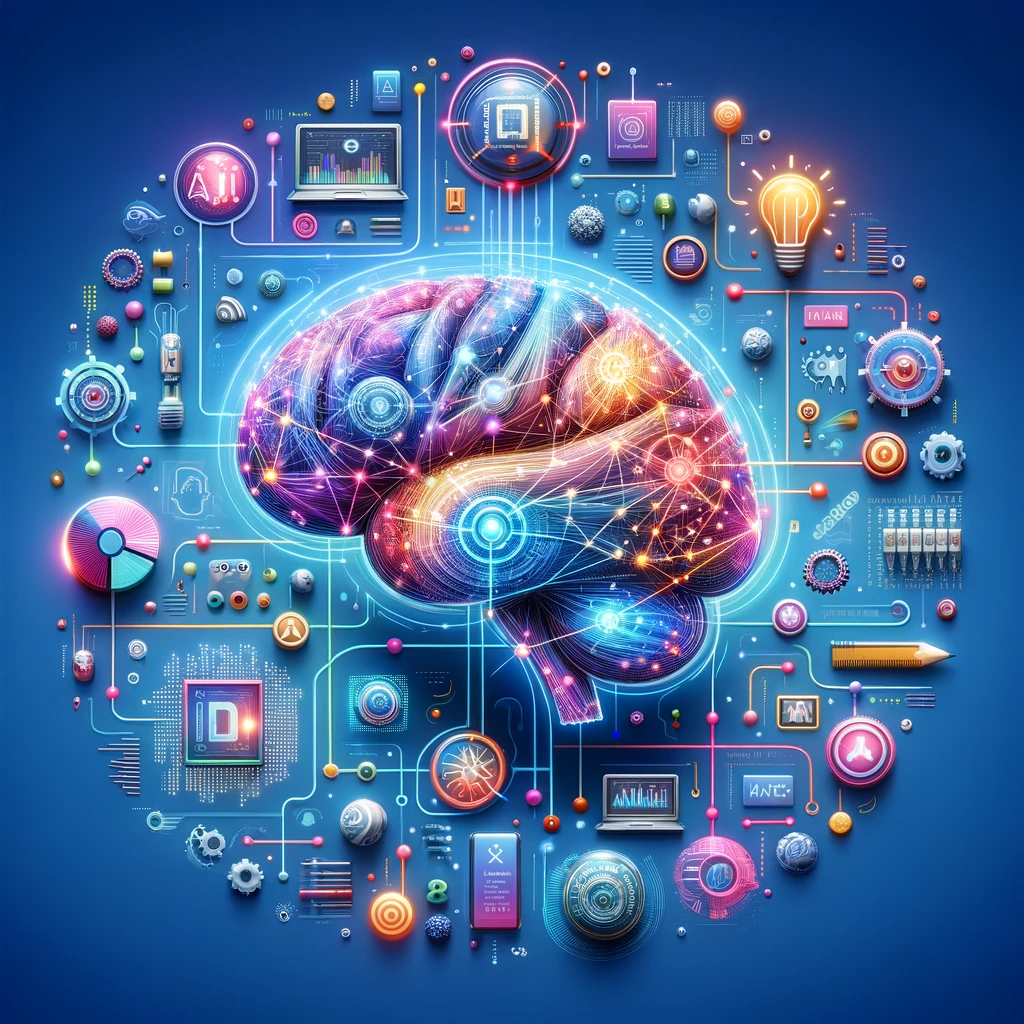
Ethical Considerations in AI Image Analysis
While AI-powered image descriptions offer numerous benefits, they also raise ethical concerns, such as:
- Privacy risks if AI scans personal images without consent.
- Bias in AI training data, leading to inaccurate or unfair descriptions.
- Potential for AI-generated misinformation in manipulated images.
It’s essential for AI developers to prioritize ethical AI practices and ensure transparency in how AI-generated image descriptions are used.
The Future of AI-Powered Image Descriptions
Advancements in Deep Learning for Image Interpretation
As AI continues to evolve, we can expect:
- More precise image descriptions through improved deep learning models.
- Better real-time recognition for smart assistants and accessibility tools.
- Integration with AR and VR technology for enhanced digital experiences.
These advancements will make AI-generated image descriptions even more powerful and user-friendly.
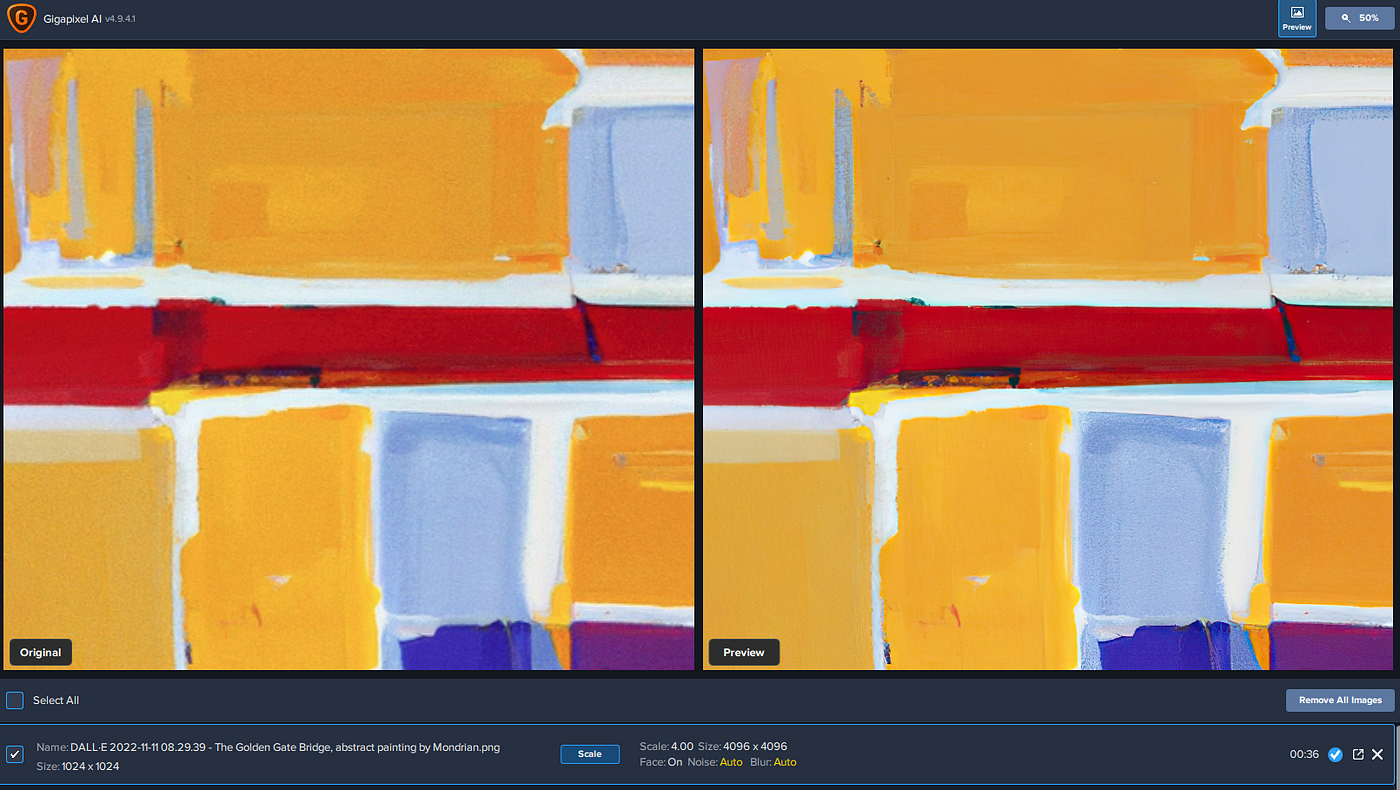
AI and Augmented Reality Integration
The future of AI-powered image descriptions may also include augmented reality (AR), allowing users to:
- Receive real-time descriptions of their surroundings via smart glasses.
- Use AI-driven translations for image-based text.
- Enhance educational experiences through AI-powered visuals.
This integration will enable AI-driven digital storytelling, offering users a more interactive way to experience visual content.
Conclusion
The ability to use AI to describe an image is revolutionizing accessibility, content creation, and search engine optimization. AI-driven tools are making it easier than ever to generate detailed, accurate, and contextually relevant image descriptions.
While challenges such as accuracy and ethical concerns remain, ongoing advancements in deep learning and AI development continue to refine AI-powered image descriptions.
Platforms like Dall-E Generate are leading the way, providing businesses, content creators, and accessibility advocates with cutting-edge AI technology to analyze and describe images with unprecedented precision.
As AI continues to improve, we can expect more intelligent, ethical, and user-friendly image interpretation tools, paving the way for a more accessible and visually connected digital world.
